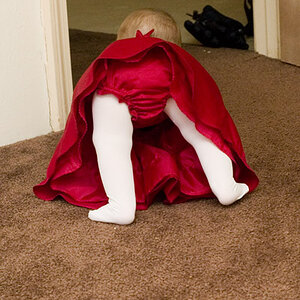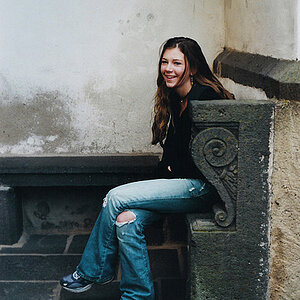TCampbell
Been spending a lot of time on here!
- Joined
- Mar 31, 2012
- Messages
- 3,614
- Reaction score
- 1,556
- Location
- Dearborn, MI
- Can others edit my Photos
- Photos OK to edit
The ND filter (ND = "Neutral" density... emphases on "Neutral" because it's not supposed to favor any part of the visible light spectrum more than any other) are sometimes not so neutral after all. Even the Lee "big stopper", while designed to be "neutral" suggests that each filter is unique and some may not be so neutral and may require a white balance correction. Lee suggests owners test their Big Stopper filters.
So I'm wondering... if your filter isn't actually "neutral".
I am skeptical that it's light leaking through the back. Once the reflex mirror swings up it usually blocks any light from the viewfinder from reaching the sensor (usually it's more of a problem with 'metering' accuracy than exposure.)
I read an article where the author was skeptical about the need to cover the viewfinder. So they did an experiment where they left the lens cap on, wrapped the entire body EXCEPT for the viewfinder (so the only way for light to enter the camera was in the viewfinder) and then took a very long exposure with a bright light shining into the viewfinder's eyecup. They inspected the images for signs that light had leaked in and saw... nothing. No signs of light leakage whatsoever even after going out of their way to create a problem. The conclusion is that modern DSLRs may do a much better job of sealing out light leaks from the viewfinder than older cameras.
So I'm wondering... if your filter isn't actually "neutral".
I am skeptical that it's light leaking through the back. Once the reflex mirror swings up it usually blocks any light from the viewfinder from reaching the sensor (usually it's more of a problem with 'metering' accuracy than exposure.)
I read an article where the author was skeptical about the need to cover the viewfinder. So they did an experiment where they left the lens cap on, wrapped the entire body EXCEPT for the viewfinder (so the only way for light to enter the camera was in the viewfinder) and then took a very long exposure with a bright light shining into the viewfinder's eyecup. They inspected the images for signs that light had leaked in and saw... nothing. No signs of light leakage whatsoever even after going out of their way to create a problem. The conclusion is that modern DSLRs may do a much better job of sealing out light leaks from the viewfinder than older cameras.



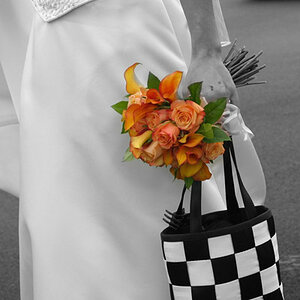
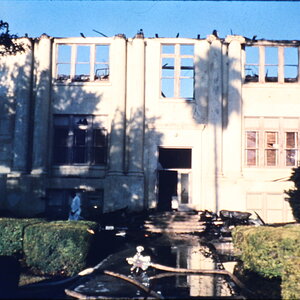
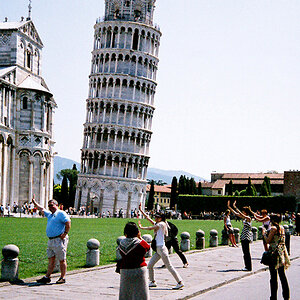
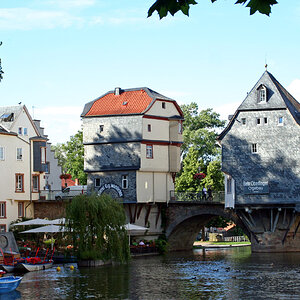
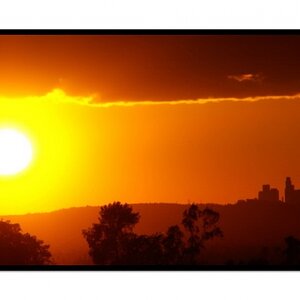
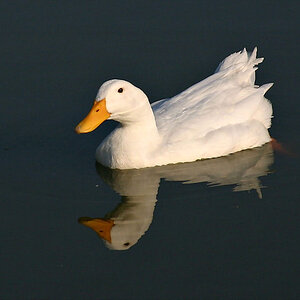
![[No title]](/data/xfmg/thumbnail/39/39294-339c772c727b255b9451f2639f2bc28e.jpg?1619738959)
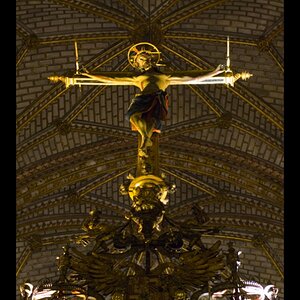
![[No title]](/data/xfmg/thumbnail/39/39292-4169a355b794ae9735845c4ad45d06ff.jpg?1619738958)
